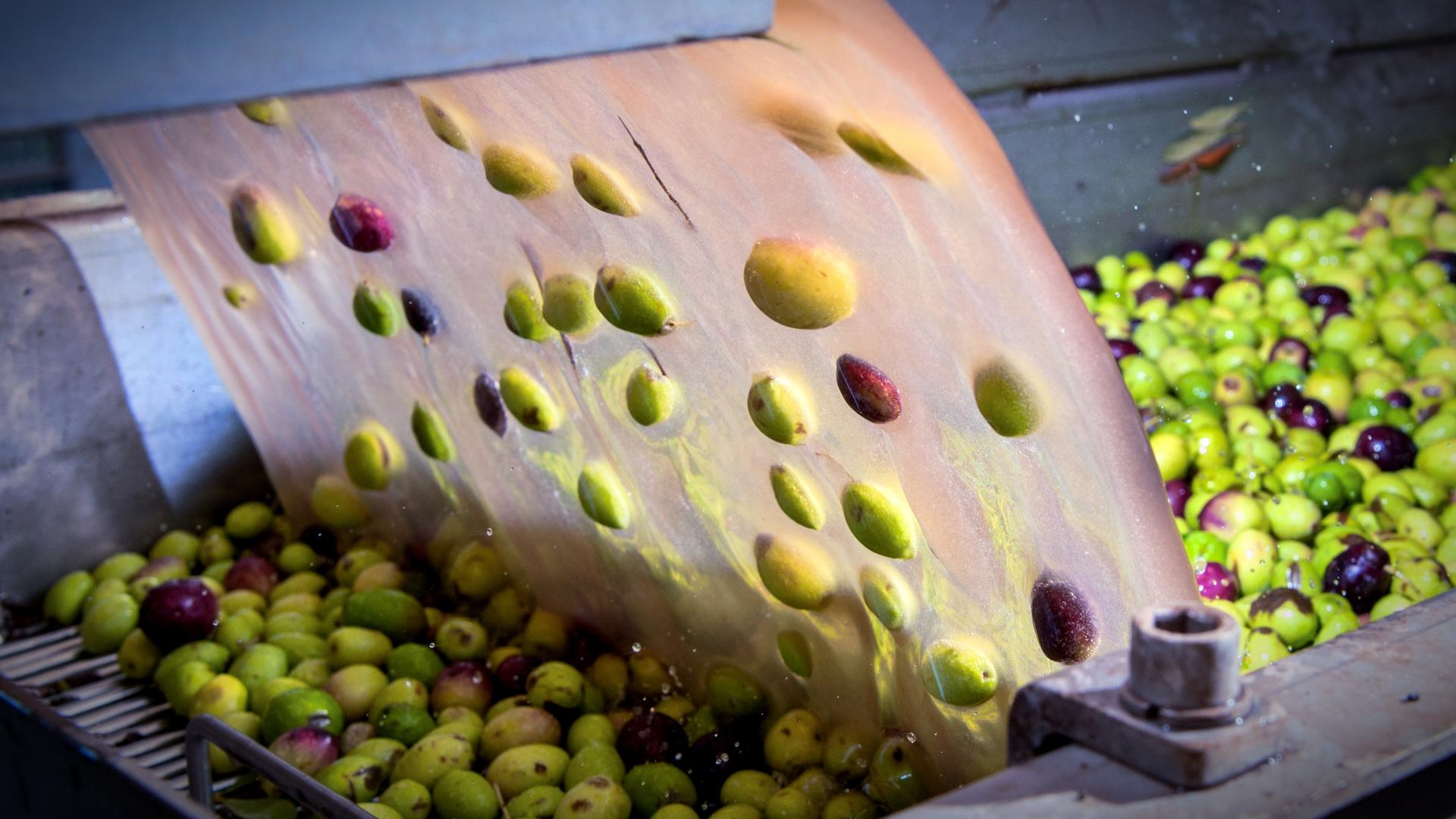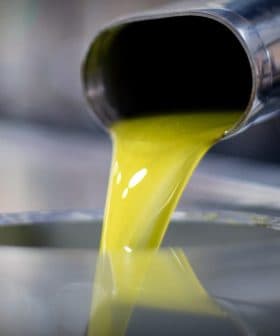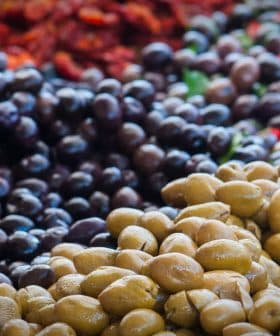Study Finds Potential for Olive Mill Wastewater in Biopesticides

Researchers have identified pectin-derived oligogalacturonides in olive mill wastewater that can trigger a plant’s immune system and be used in the development of biopesticides. The study highlights the potential commercial application of these compounds, which could provide a new revenue source for olive oil producers and contribute to environmental sustainability in agriculture.
A recent study published in Plant Stress suggests that a bioactive compound in olive mill wastewater may have commercial application in developing biopesticides.
Researchers from the Sapienza University of Rome and the Italian National Agency for New Technologies, Energy and Sustainable Economic Development identified pectin-derived oligogalacturonides with a degree of polymerization between ten and 17 in the olive mill wastewater.
Oligogalacturonides trigger a plant’s immune system via the cell wall, activating defence responses and resistance against some pathogens. The molecules had not previously been separated from olive mill wastewater.
See Also:Mill Wastewater Extract Yields Promising Health BenefitsUsing transgenic Arabidopsis seedlings, the researchers confirmed that the extracted oligogalacturonides triggered the expected defense responses, including increased calcium ions, which are intracellular messengers critical in plant defense signaling pathways.
The study is part of researchers’ ongoing efforts to add value to olive oil production byproducts, especially olive mill wastewater. An estimated 30 billion liters of wastewater are produced annually by olive mills in the Mediterranean basin.
While olive pomace byproducts are considered easy to recycle, they are widely used in the food industry, producing olive pomace oil and renewable energy. Olive mill wastewater presents more challenges.
The wastewater is highly acidic with high concentrations of recalcitrant chemical substances, including lignins and tannins, which require significant amounts of oxygen to biodegrade.
Therefore, olive mill wastewater is considered a significant environmental pollutant, with most countries prohibiting it from being dumped without being treated.
“On the other hand, olive mill wastewater contains a wide range of valuable phenolic compounds with proven antimicrobial properties (e.g., flavonoids, hydroxytryrosol, oleuropein) and olive mill wastewater by-products are effective as biopesticides against different microbial pathogens,” the researchers wrote.
“However, the effect of this liquid waste as a plant elicitor of defense responses has not yet been investigated,” they added.
Using tangential-flow membrane filtration, the researchers separated the oligogalacturonides from the olive mill wastewater.
“Tangential-flow membrane filtration is a powerful tool in bioprocessing, allowing the separation and concentration of active biomolecules into specific molecular pools, such as proteins, sugars and secondary metabolites,” the researchers wrote.
See Also:Producers in Greece Generate Electricity with Olive Mill Wastewater“By using complex mixtures for filtration, tangential-flow membrane filtration effectively removes impurities while retaining the desired molecules,” they added.
The researchers highlighted how the method does not require a chemical solvent and is scalable from a laboratory setting, allowing large-scale olive mills to employ it. They added that the findings could provide a new source of revenue for olive oil producers.
Oligogalacturonides have been approved in commercial plant protection products recognized by the European Union, which has set a target to reduce synthetic pesticide use by 50 percent by 2030.
According to market research from Industry Research Reports, the global biopesticide market was valued at $6.1 (€5.6) billion in 2023 and is estimated to reach $11.5 (€10.1) billion by 2030.
“The oligogalacturonide-enriched fraction, described in the present work, is suitable to be employed as a novel bio-pesticide, contributing to enhance both environmental and economic sustainability of the olive oil industry,” the researchers wrote.
“We pave the way for field experiments with plants of agronomic interest for exploitation of these by-products as sustainable natural phyto-protectants in the control of pathogens causing devastating diseases of economically important crops according to a circular economy perspective in agriculture,” they added.









